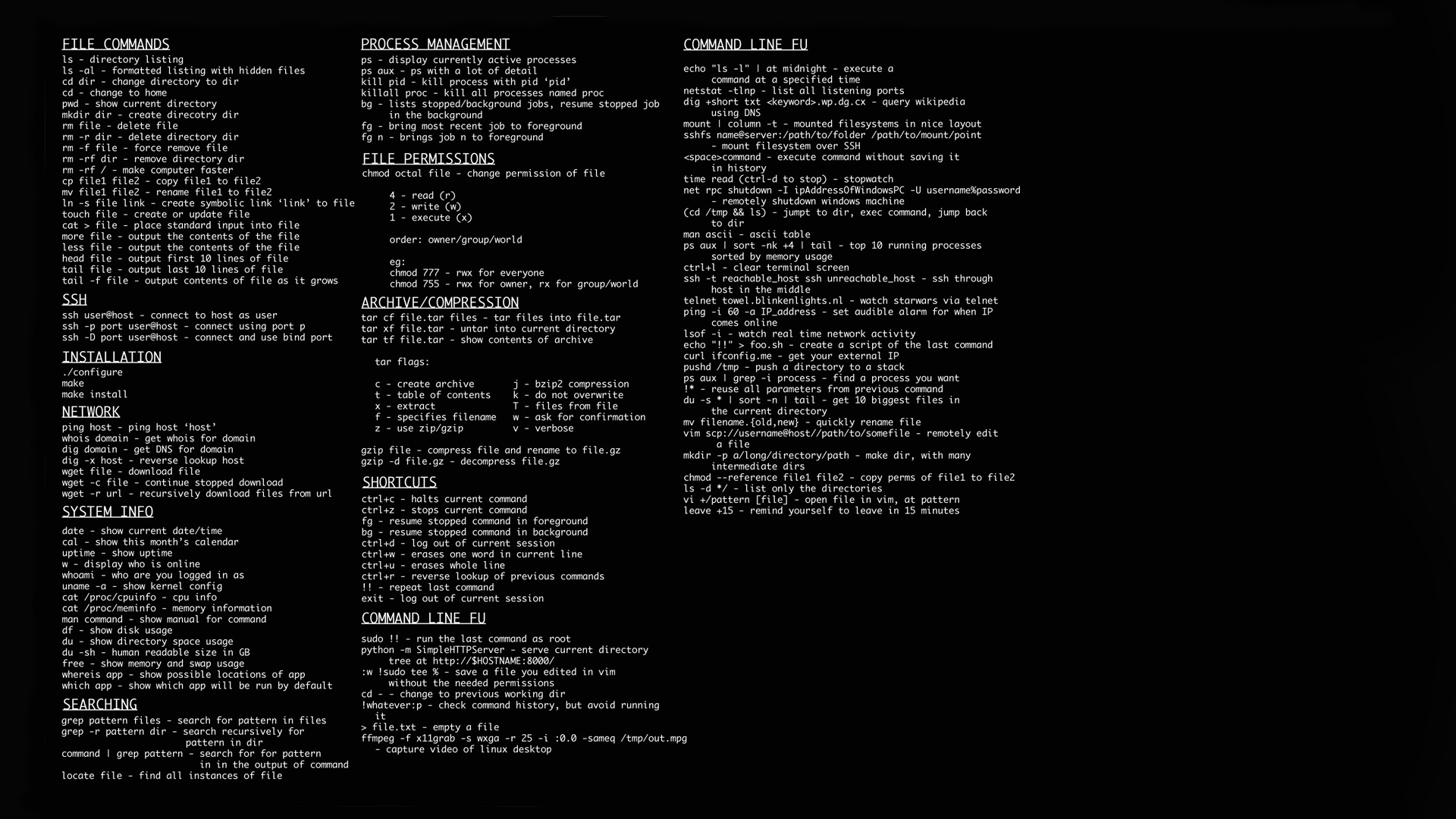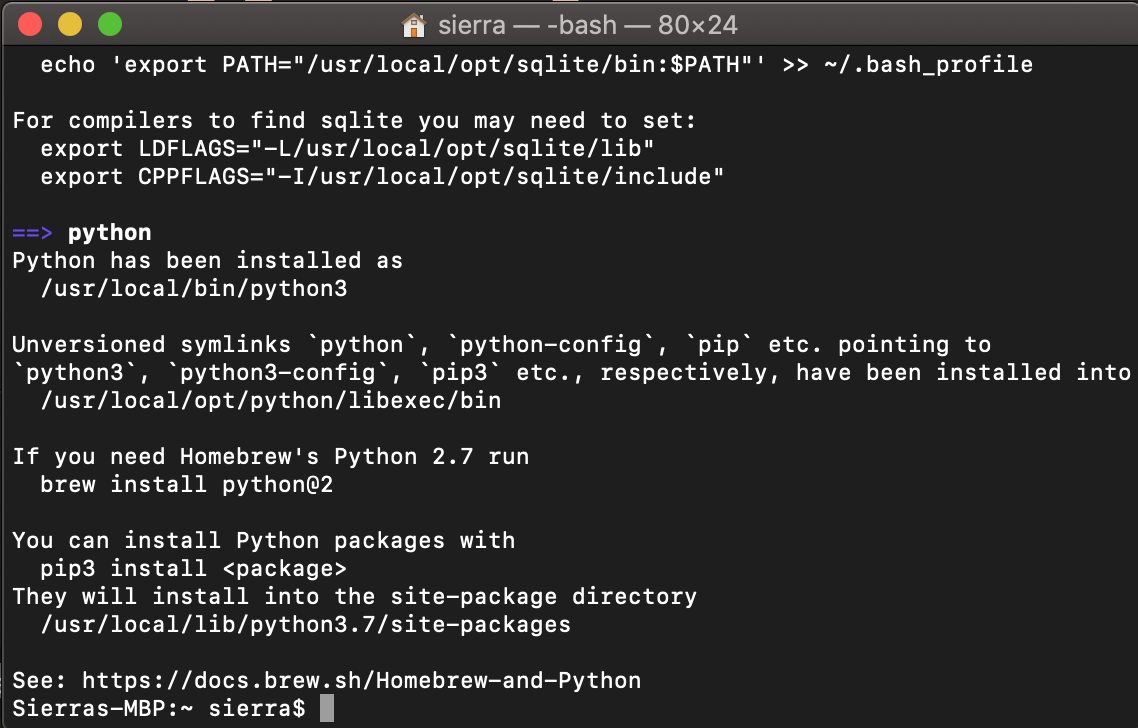

- #Mac terminal commands for troubleshooting how to
- #Mac terminal commands for troubleshooting install
- #Mac terminal commands for troubleshooting android
- #Mac terminal commands for troubleshooting software
- #Mac terminal commands for troubleshooting password
If you have any favorites that didn’t make the list, feel free to share them in the comments below. To know who is your DNS server, you can use the following command: 3. The Mac Terminal commands above aren’t exhaustive by any means, but they should provide lots of use cases as you keep using your Mac. $ defaults write disable-shadow -bool TRUE killall SystemUIServerĭefaults write showhidden -bool TRUE killall Dockĭefaults write persistent-apps -array-add ‘’ killall Dockĭefaults write ChimeOnAllHardware -bool true open /System/Library/CoreServices/PowerChime.app Actionĭefaults write AppleShowAllFiles true killall Finderĭefaults write name “New Name” killall SystemUIServer 15 Additional Terminal Commands for MacĬan’t get enough of the Terminal? Here are 15 additional commands that you should know. Tip: Type say -v ? and press Enter to reveal additional voices. It is used as follows.You can also make the Mac speak in different voices. This command reverses all the content of the file. To perform a Ping command, you’ll enter the following in. This command lets you check the response of a domain or IP address, such as and see how quickly it takes for the server to respond. This command displays a neo style matrix on the terminal. Ping is probably one of the more useful Terminal commands that an everyday Mac user might actually use. You can see the complete Star Wars animation in your terminal using this command. This command displays random quotes % fortune The doctor provides you a psychiatrist to talk and snakes, solitaire, etc are games. These are some command, there are many more.

If you continue to have problems and the CLI is up to date. The option in Network Utility helped to diagnose numerous connectivity issues and, fortunately, Terminal replicates the feature well. Set up a login message to display for yourself on your Mac using the following command – % sudo write /Library/Preferences/ LoginwindowText "Login Message for Display"Īfter the above command press “enter” then “escape” then “x”. The Heroku Command Line Interface (CLI) lets you create and manage Heroku apps directly from. As a troubleshooting tool, ping is invaluable.
#Mac terminal commands for troubleshooting how to
How to setup Anaconda path to environment variable ?.How to set up Command Prompt for Python in Windows10 ?.How to set fixed width for in a table ?.How to Check Incognito History and Delete it in Google Chrome?.to troubleshoot common problems, see Run apps on a hardware device.
#Mac terminal commands for troubleshooting android
#Mac terminal commands for troubleshooting install
#Mac terminal commands for troubleshooting password
How to Find the Wi-Fi Password Using CMD in Windows?.
#Mac terminal commands for troubleshooting software

Find out the location/name of the folder currently opened in your terminal.


 0 kommentar(er)
0 kommentar(er)
